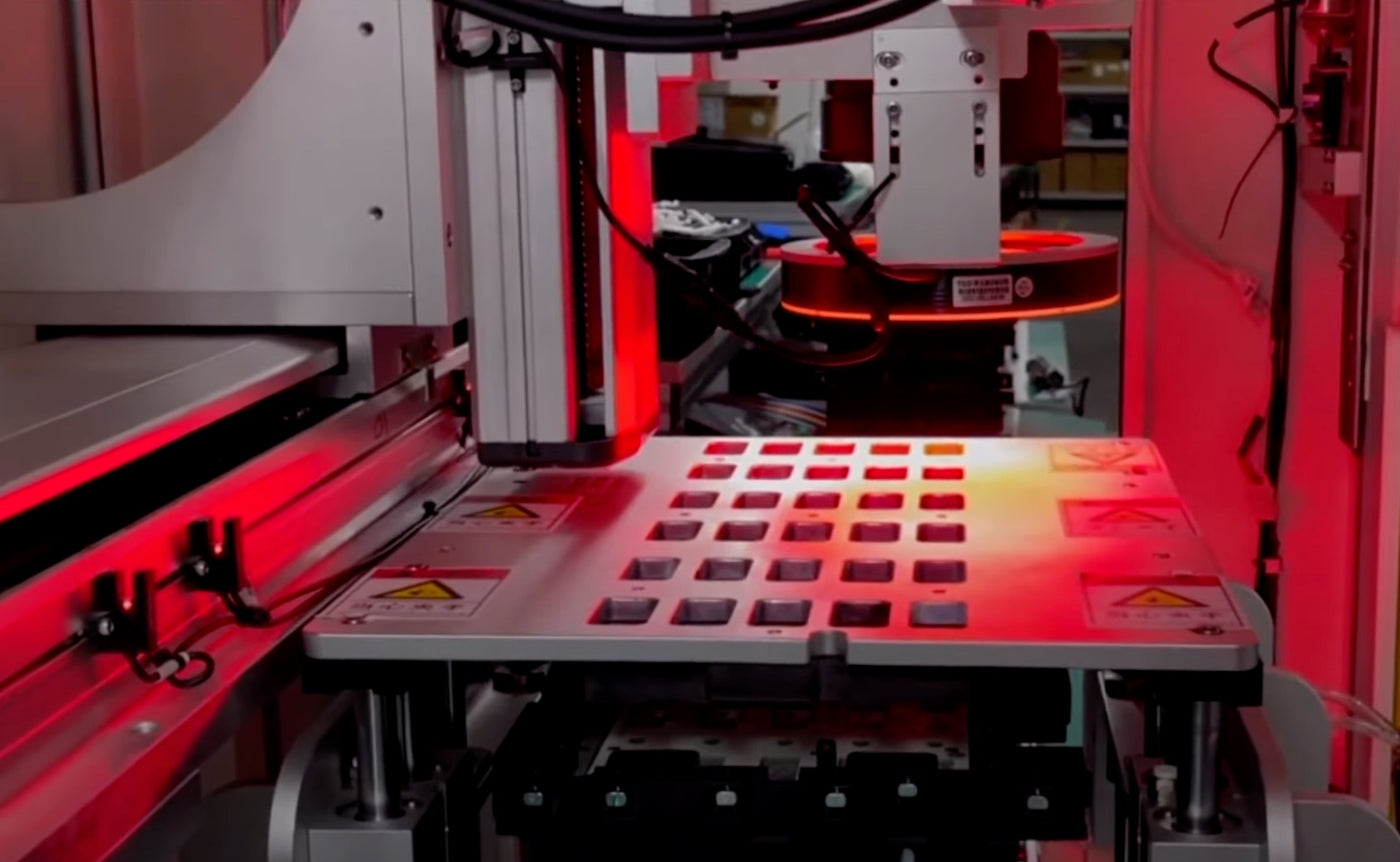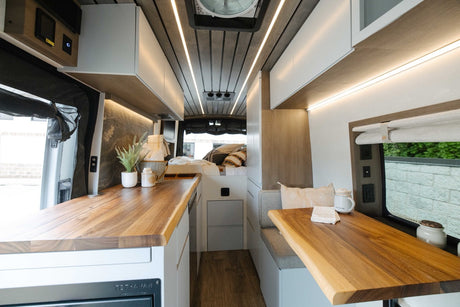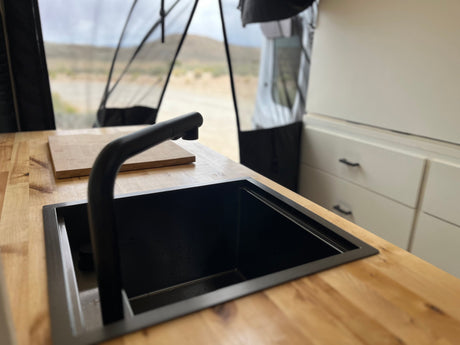Let’s face it: many Americans assume Chinese products are low quality, made by unskilled workers and at the lowest possible cost. While it's true that in any country there are better and worse products, it's often the case that you get what you pay for. It's generally true that as you pay more, you can afford to buy products of higher quality. In turn, those manufacturers who are willing to pay more for skilled workers, quality materials, and take the time to develop innovative products that improve upon the existing state of the art, will be the ones who have the greatest success.
It's taken decades, but now the proof is here. With many high-tech products, China is by far the world leader (as of 2021):
- China makes 58% of the world’s smartphones
- 36% of the world’s telecommunications equipment
- 80% of the drones sold in the US (almost entirely from DJI)
- 67% of the world’s solar cells.
How did this happen? One big factor is the development of the city of Shenzhen, in southeast China. EcoFlow is one of the “unicorns” that has grown out of Shenzhen, the city that many call China’s Silicon Valley. Except unlike Silicon Valley, in addition to all the tech companies that design products, many of the manufacturers who build those same products are located right in Shenzhen itself.
Shenzhen is one of the “Special Economic Zones” in China, just across the river from Hong Kong. Recognizing that China needed to develop its workers and industries both to supply their country with better products and to compete on the world stage, China directed financial support towards these zones in order to rapidly create many new businesses. With its proximity both to one of the world’s great financial centers and great ports, many factories sprang up in Shenzhen since the declaration of the Special Economic Zone (SEZ) status in 1979. Initially, Shenzhen had many companies building digital wristwatches, but as financing poured in, manufacturers became more and more sophisticated. Today, Shenzhen has become a manufacturing hub with many huge electronic manufacturers including telecom component maker Huawei, smartphone and wi-fi router maker ZTE, electric car manufacturer BYD, touchscreen manufacturer Royole, and well-known drone manufacturer DJI, among many others. Lei “Bruce” Wang headed the battery department at DJI for several years, then left the company in 2017 to start EcoFlow Technology, his own firm focused on mobile energy storage.
Several social trends and tech/innovation trends have converged which EcoFlow has capitalized on: China’s complete domination of the supply chain for solar and battery manufacturing has led to dramatic price drops in the price of solar panels and lithium batteries over the last decade, and the increasing popularity of camping in China and in North America has led to a vast increase in demand for mobile energy sources that can power this new generation of “glampers”, those who want to go camping but expect to bring many modern (mostly electrical) conveniences with them. At the same time, climate change has led to the increasing instability of power grids and more frequent outages caused by storms and natural disasters, prompting more individuals and families to look for emergency backup power solutions.
Starting from a Shenzhen factory (see the EcoFlow DELTA Pro production line tour video below), EcoFlow now has a global presence, with over 1000 employees around the world and operations in 100 countries. Its largest operations outside China are in Japan and the US. Three US offices (Los Angeles, San Jose, and Newark) and two warehouses (in California and Texas) service the US market.
From its original offering of small portable power stations, EcoFlow has constantly been enlarging and improving its lineup, producing a wider and wider range of larger products to capture and store energy. Three examples from some of EcoFlow’s latest offerings:
- Many companies like Jackery, Bluetti, and GoalZero have offered portable power stations. However, EcoFlow has built a complete ecosystem around the EcoFlow DELTA Pro portable power station, one of the largest portable power stations on the market, including flexible and rigid solar panels (and the ability to charge from EV charging stations!) to recharge its massive lithium battery, a wall-mounted Remote Control to monitor and control it, and even a Smart Home Panel to connect multiple DELTA Pro power stations and DELTA Pro Extra Batteries into a home’s main electrical panel and enable instant failover to the stored battery power.
- EcoFlow’s Power Kits have revolutionized RV electrical systems. Leapfrogging successful competitors like Renogy and Victron Energy, they have created a 4-component system that includes a Power Hub (incorporating 5 power electronics components into one small box), a touchscreen display (the Power Kit Console), an AC/DC distribution panel, and RV-size lithium batteries. Power Kits can be monitored and controlled from a touchscreen, from the EcoFlow smartphone app via Bluetooth, or remotely from the Internet via a wi-fi connection.
- EcoFlow’s PowerStream balcony solar power systems and solar tracker bring affordable solar power solutions to the masses, enabling apartment dwellers to buy affordable and useful solar power systems they can use in any setting with solar access. While only available in Europe currently, we look forward to seeing this in many other areas soon.
Unlike most Chinese technology companies, EcoFlow has been increasing its product lineup, the markets it serves, and its global reach at an unprecedented pace, especially in 2023! The following video shows some of the EcoFlow offerings at the 2023 Consumer Electronics Show in Las Vegas.
The following table shows some of the major milestones for EcoFlow products over the last six years.
| 2017 |
|
| 2018 |
|
| 2019 |
|
| 2020 |
|
| 2021 |
|
| 2022 |
|
| 2023 |
|
With the incredible progress they have made in such a short time, EcoFlow currently has plans to list an Initial Public Offering (IPO) on the Shanghai stock exchange in the next year or two.
EcoFlow is a great example of an entrepreneur's vision becoming real through a convergence of many factors, especially with the rise of Shenzhen's high-tech industries and factories.
EcoFlow is a solid partner that you can rely on to keep bringing out new and innovative products.













